First of all. Extremely sorry for the lack of good screenshots. Upload with screenshot mod isn't working for me. Also. it probably has some mistakes on the Trim stick next to the pilot
For those who just want to fly it:
Trim to change your pitch.
All other are normal controls. Pitch, Roll and Yaw.
There's a Flare launcher to simulate Flare gun from the passenger side.
Helicopter has a wire frame to some extent inside it and it can survive some beating from the Modern DDGs. However with some luck you can be shot down with a few shots.
There is a camera in pilot seat and simple functioning cockpit with Stick.
History of the Helicopter:
The Sikorsky R-4 is a two-seat helicopter designed by Igor Sikorsky with a single, three-bladed main rotor and powered by a radial engine. The R-4 was the world's first large-scale mass-produced helicopter and the first helicopter used by the United States Army Air Forces, the United States Navy, the United States Coast Guard and the United Kingdom's Royal Air Force and Royal Navy. In U.S. Navy and U.S. Coast Guard service, the helicopter was known as the Sikorsky HNS-1. In British service it was known as the Hoverfly.
Following the sinking in January 1944 of USS Turner, a Sikorsky R-4 flew life saving blood plasma for the casualties from New York. On 22–23 April 1944, U.S. Army Lieutenant Carter Harman of the 1st Air Commando Group conducted the first combat rescue by helicopter using a YR-4B in the China-Burma-India theater. Despite the high altitude, humidity, and capacity for only a single passenger, Harman rescued a downed liaison aircraft pilot and his three British soldier passengers, two at a time. On 22–23 January 1945, another rescue by the R-4 involved several legs for refueling and navigating through passes between mountains nearly 10,000 feet (3,000 m) tall, to reach a weather station located at an elevation of 4,700 feet (1,400 m). The higher-than-normal altitude required a downhill run of 20 ft (6.1 m) to get airborne.
While the R-4 was being used for rescues in Burma and China, it was also being used to ferry parts between floating Aviation Repair Units in the South Pacific. On 23 May 1944, six ships set sail with two R-4s on board each vessel. The ships had been configured as floating repair depots for damaged Army Air Forces aircraft in the South Pacific. When the helicopters were not being used to fly the parts from one location to another, they were enlisted for medical evacuation and other mercy missions.
In Royal Air Force service, the R-4 was called the Hoverfly. The Helicopter Training School, formed January 1945 at RAF Andover, was the first British military unit to be equipped with the helicopter. Many RAF Hoverfly Mark Is were transferred to the Royal Navy for training and one was used in 1945/46 by Fairey Aviation to develop rotor systems for their Gyrodyne helicopter.
Specifications
General Characteristics
- Predecessor A Helicopter
- Created On Windows
- Wingspan 51.1ft (15.6m)
- Length 81.8ft (24.9m)
- Height 16.1ft (4.9m)
- Empty Weight 11,824lbs (5,363kg)
- Loaded Weight 12,212lbs (5,539kg)
Performance
- Power/Weight Ratio 9.385
- Wing Loading N/A
- Wing Area 0.0ft2 (0.0m2)
- Drag Points 10294
Parts
- Number of Parts 225
- Control Surfaces 0
- Performance Cost 907

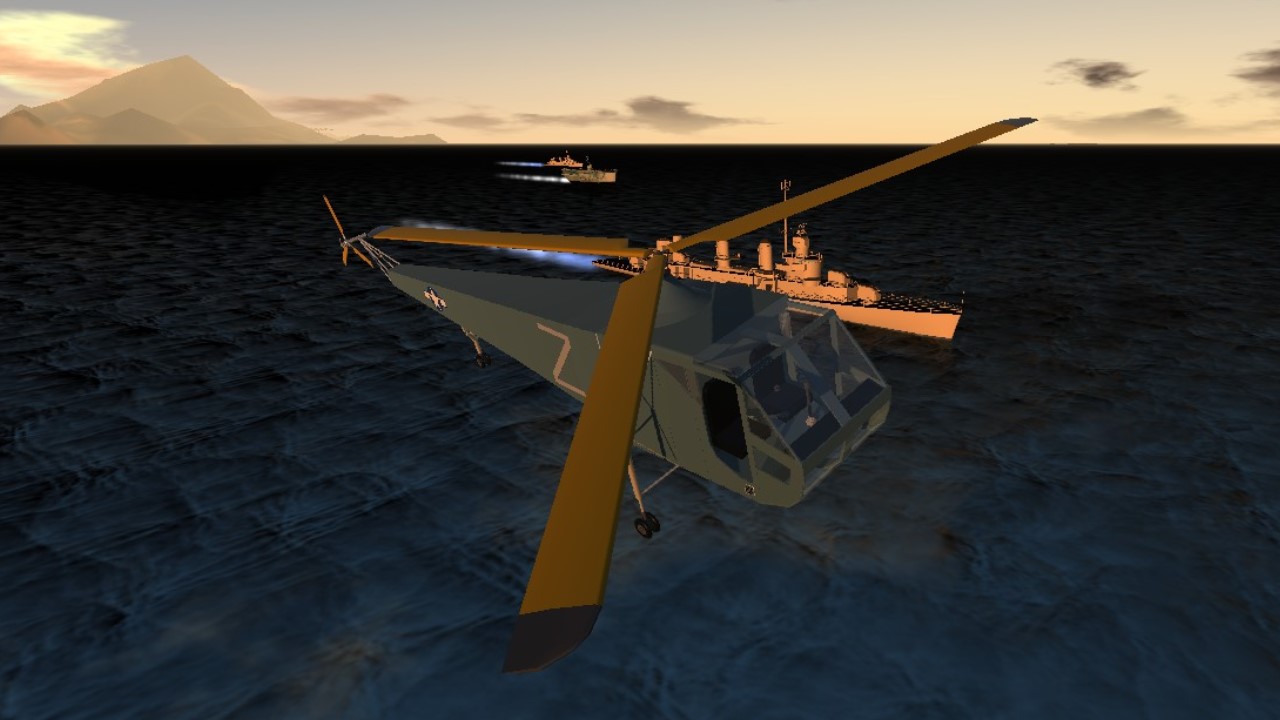
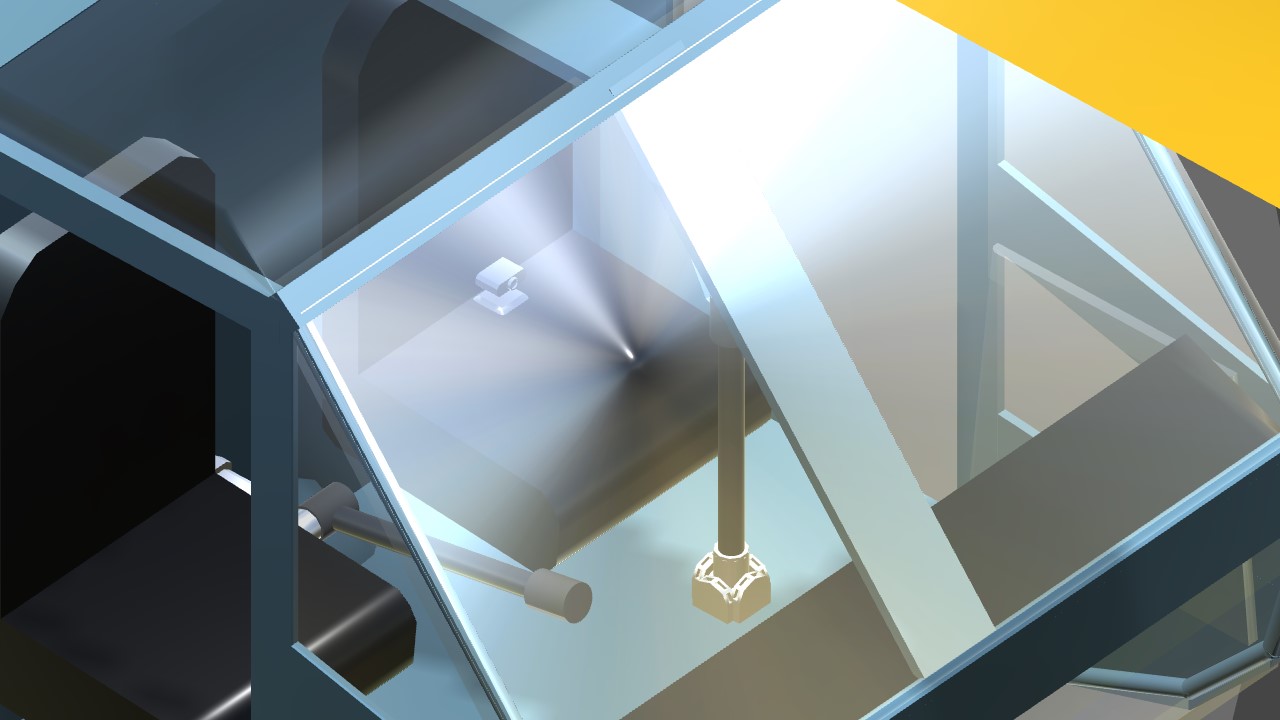
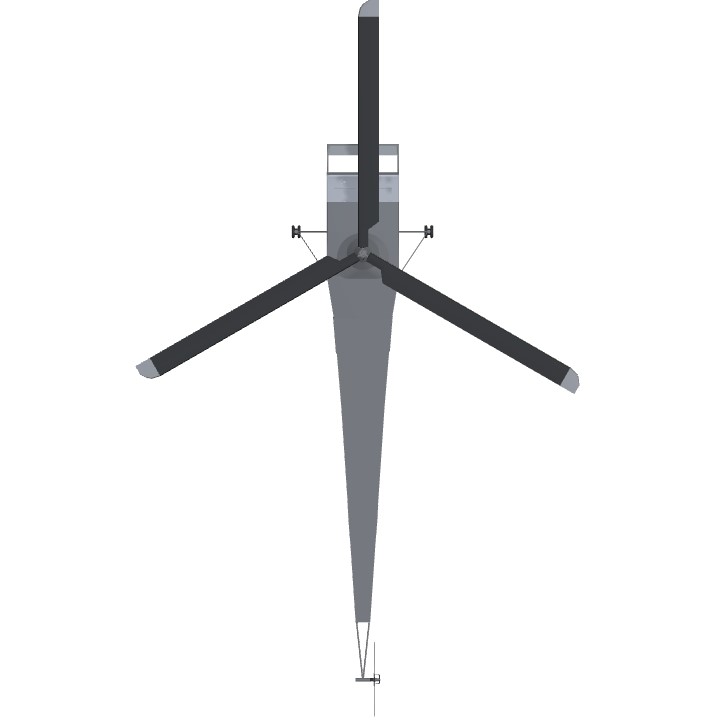
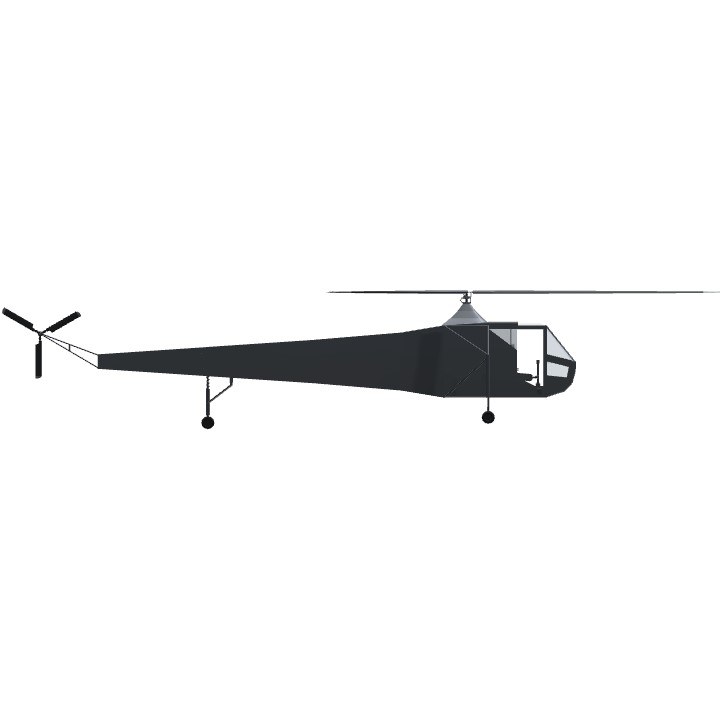
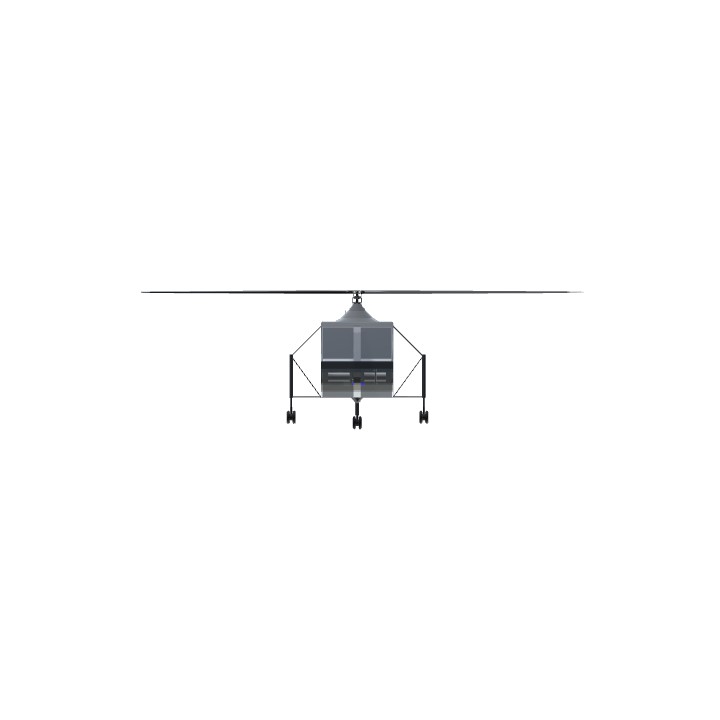
One of my favorite rotorcraft